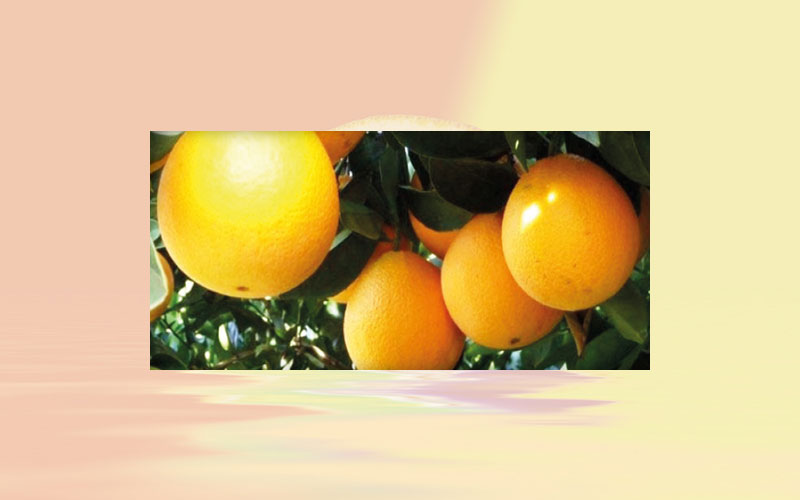Orange and tahiti lime prices drop in Brazil; higher supply in 19/20 may offset inventories in June/20
Orange prices were weakened in the Brazilian market in May, due to both the colder weather and high supply at the orchards from SP.

Orange prices were weakened in the Brazilian market in May, due to both the colder weather and high supply at the orchards from SP.
As crushing increases in Brazil, citrus farmers tend to reduce orange supply to the in natura market, aiming to prioritize the trades already closed with processing plants – which may prevent prices from dropping more sharply – many farmers allocated large volumes of early oranges to the in natura segment in May, waiting for crushing to start at the industry.
Between May 2 and 31, pear orange quotes averaged 21.17 BRL per 40.8-kilo box, on tree, 33.4 % down compared to that between April 1 and 30.
Concerning tahiti lime, besides the higher supply, quotes were pressed down by the low demand, from both the Brazilian and the international markets. In May, tahiti lime quotes averaged 15.21 BRL per 27-kilo box, on tree, 36.8 % down compared to that in April.
The larger crop estimated by Fundecitrus (Citrus Defense Fund) for the Brazilian citrus belt (São Paulo and Triângulo Mineiro) in 2019/20, at 388.89 million boxes of 40.8 kilos (36 % larger than that from the 2018/19 season), should offset the inventories at processing plants from São Paulo in June 2020, according to Cepea estimates. However, this is not a high supply scenario, since the volume produced in 2018/19 was small and processing plants need to purchase raw material in order to replenish the low inventories forecast for June 2019.
According to CitrusBR (Brazilian Association of Citrus Exporters) estimates from Feb/19, the 2018/19 season should end, in June/19, with the smallest output since June/11, smaller than the strategic amount (of 250 thousand tons). Thus, if these estimates are confirmed, industrial demand may be firm in 2019/20, offsetting higher orange supply – this context has practically been confirmed, considering the anticipated trades closed in late 2018 at firm prices.
According to Cepea’s first estimates, by the end of the 2019/20 season (in June/20), juice inventories may surpass 300 thousand tons (Frozen Concentrate Orange Juice – FCOJ – Equivalent). For this calculation, Cepea considered the initial inventories forecast by CitrusBR (200.6 thousand tons), 300 million boxes crushed (88 million boxes allocated to the in natura market), average yield at 260 boxes for each ton of orange juice and sales at 1.05 million tons.
Thus, although 300 thousand tons are higher than the strategic level stablished, it is important to consider that production has oscillated in the citrus belt from year to year, with periods of larger volumes followed by years of low production. In this scenario, taking into consideration that the 2020/21 crop may be smaller, inventories should be kept stable at processing plants, aiming to avoid major decreases in the global supply.
PRICES PAID TO CITRUS GROWERS IN 2019/20 – Despite the larger volume forecast for the citrus belt, growers’ revenue should be positive in 2019/20, due to high productivity (which may reduce the cost per unit). Besides, much of the output has been purchased at the same price levels from 2018/19, between 20 and 22 BRL per 40.8-kilo box, harvested and delivered at processing plants (counting or not on a participation additional in the juice selling price in the international market).









